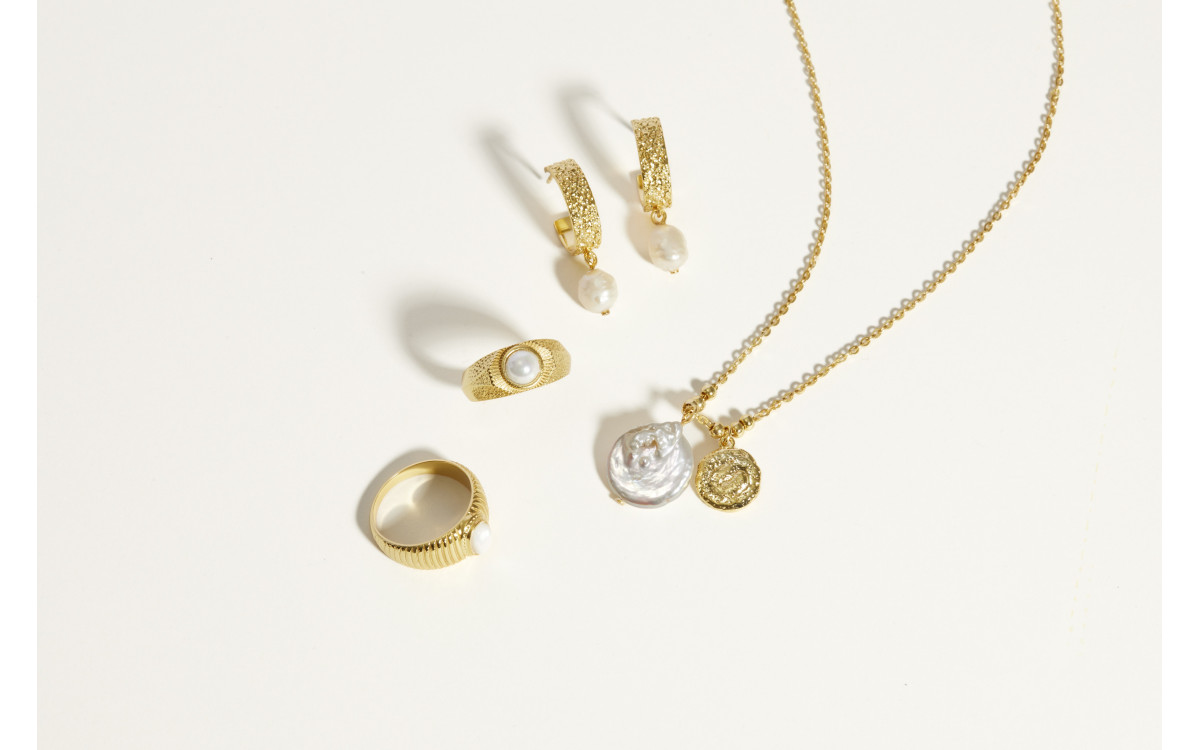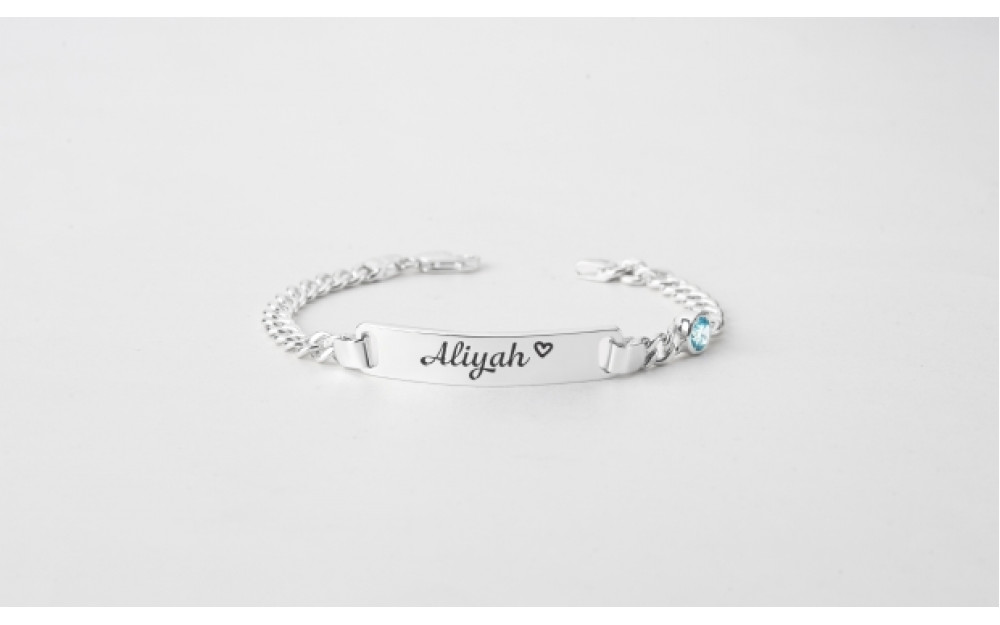Pearl jewelry never goes out of fashion with its timeless beauty, as a must-have item in the collections of brands every year.
However, pearls can differ greatly in price, so it's important for any brands interested in pearls to learn how pearls are graded to buy pearl jewelry with a reasonable price. One way to help determine the value of a pearl is to grade the pearls through six different qualities: origin, size, shape, colour, lustre and surface.
Origin
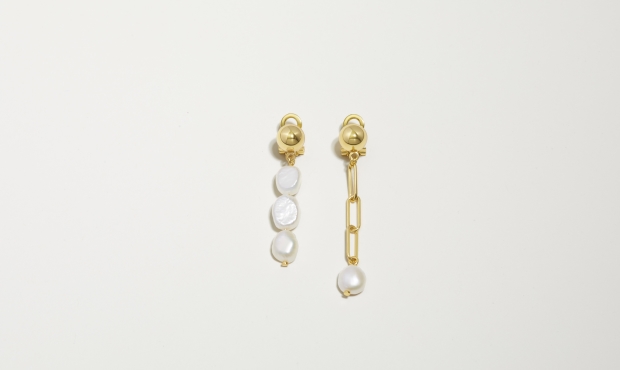
Based on origin, pearls are divided into 2 groups: natural and cultured pearls. In terms of their physical characteristics, there isn’t much difference between the two of them. However, it is obvious that natural pearls are much more precious with a higher grade than cultured pearls due to their limited number and rarity. And origin is considered as the most important criteria to evaluate pearls.
Size
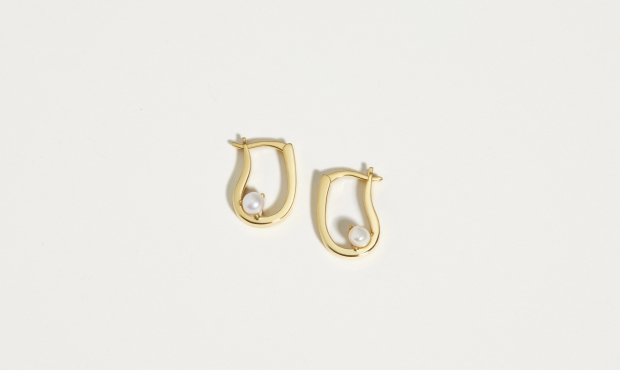
For non-spherical, baroque and other shapes of pearls, both the length and width of the pearl is measured. Pearls range in size from 1mm to 20mm or more. In general, larger pearls take longer to grow and are more valuable than smaller ones. However, there are some exceptions. For example, a smaller pearl with a better lustre could be more valuable, particularly if the smaller pearl has taken longer to grow than a larger one.
Shape
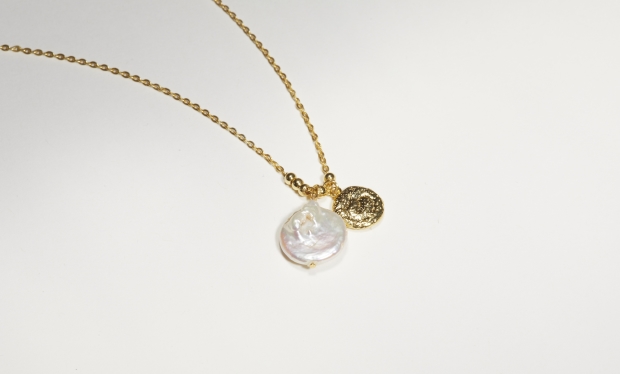
Pearls come in many different shapes and sizes, with the classic round and drop shapes being the most popular to wear. Some of the common shapes are the fully round, the semi-round, drop, the potato, the semi-baroque and the full baroque. The term 'round' does not mean spherical like a marble, but the pearls should not look obviously oval or flattened to the naked eye. While a lot of people enjoy the uniqueness of baroque pearls, perfectly round pearls are generally valued above all else.
Lustre
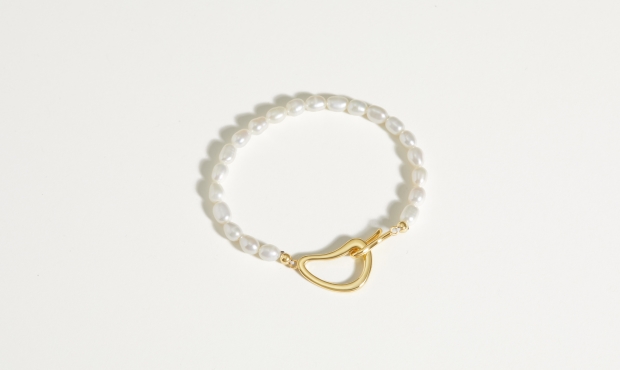
Lustre or luster, refers to the pearl's brilliance - the way its surface reflects light, and to its inner glow - how it refracts light from the layers of nacre within. Like other gemstones, luster is one of the most important factors for a pearl’s value. The sharper, brighter, and more reflective a pearl’s luster is, the better.
Pearls with low luster appear chalky, yellow or dull. Different types of pearl exhibit different types of luster. For example, bead nucleated pearls with relatively thin nacre may look 'shiny' whereas thick nacre pearls, like South Sea and freshwater pearls, have more of a glow.
Surface
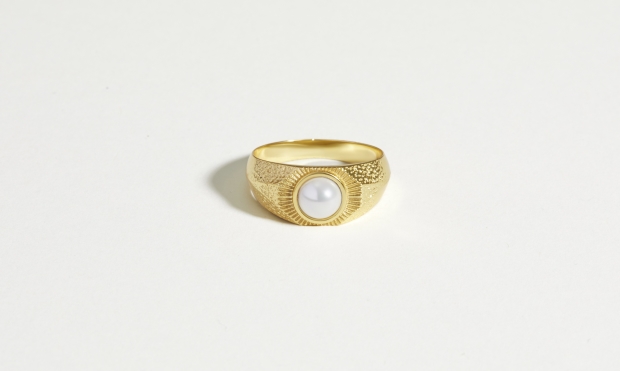
Obviously, the fewer imperfection on a pearl is the better. Pearl inclusions are not as visible and noticeable as most inclusions in other gemstones. However, most pearls will have some normal surface characteristics or irregularities. The surface condition of a pearl is judged by the size, number, location, visibility and types of these blemishes. A low-quality pearl can have lots of marks all around the surface. A high-quality pearl might have only one or two marks, small in size and closer together.
Colour
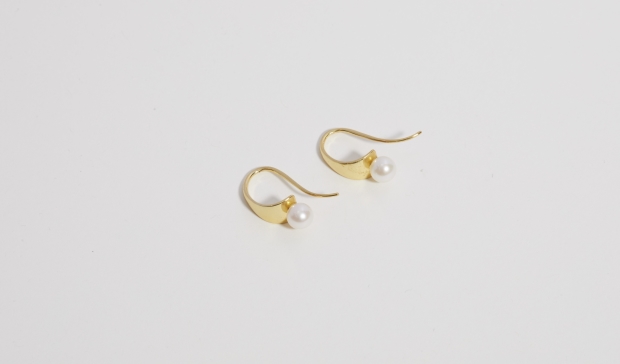
Although traditionally white, pearls may practically be any hue. Pearl colors have three components. The first one is the body color. Each pearl has its own distinct body color, which can range from white and golden South Sea pearls to green and black Akoya pearls.
Overtones are the second component of pearl colors. These add subtlety to the color and make a pearl more valuable. Familiar overtones include rose and silver, while green and salmon are rare ones.
The third color component is the hidden gleam of the pearl that changes with the angle. Pearls of all colors are highly valued when their color is deep, strong, and saturated.
Through the information above, hopefully Shinera offers useful knowledge about pearls for jewelry brands when starting with their own jewelry collections. Jewellers can also refer to how to distinguish real and fake pearls through our article on the same website. And if you have no ideas for designs, check our latest Pearl catalog and Shinera will help you all the stages from manufacturing to drop shipping.
